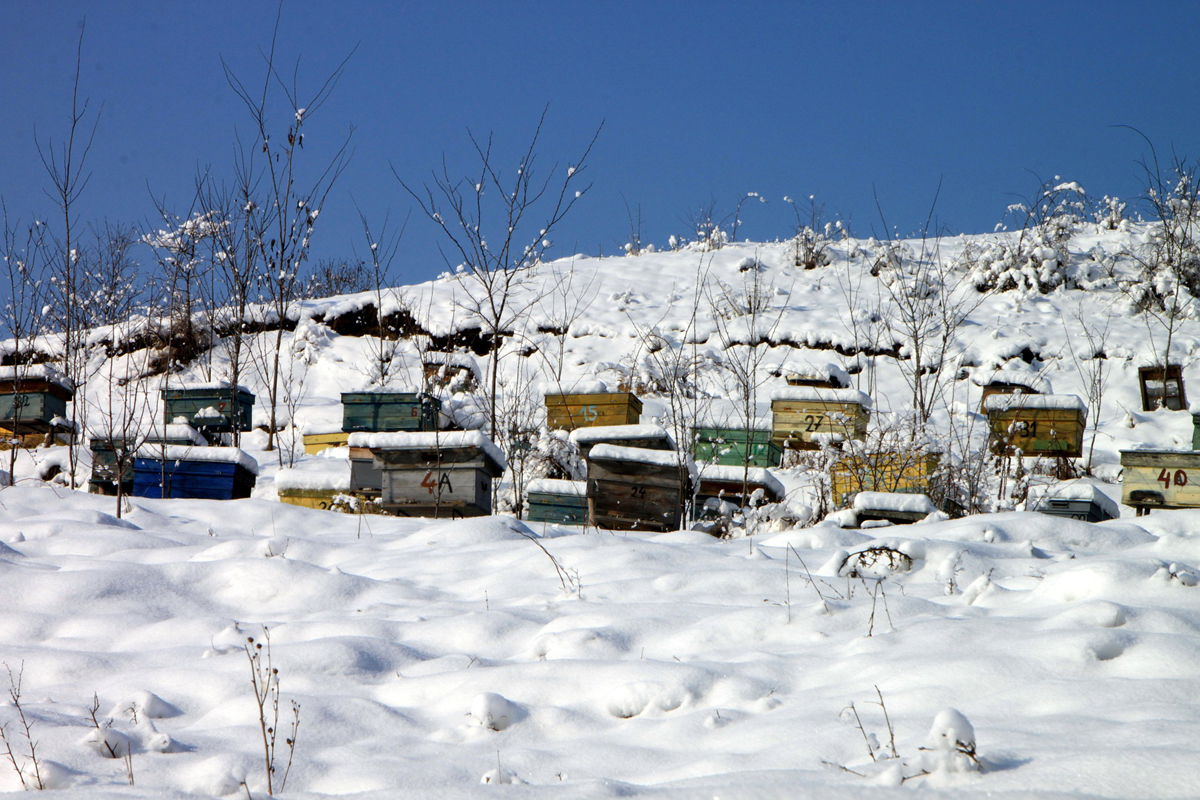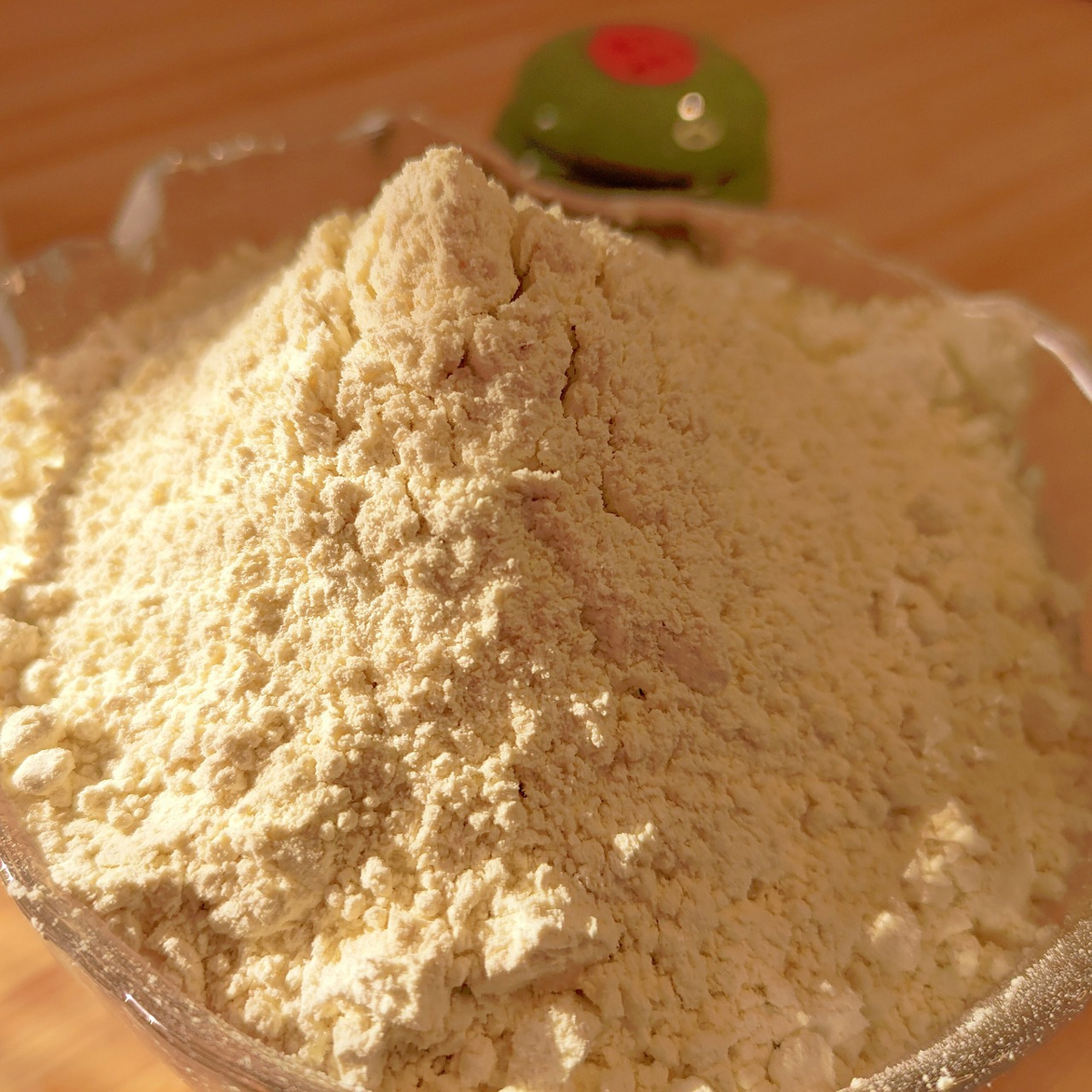Selling at the Farmers’ Market Part 2

As stated in the previous article, it is important when selling at the farmers’ market to have a product that will sell. While this may seem obvious, oftentimes people go to a lot of effort to produce something that really is not needed. Intentions are good, but timing may be off. For example, the first bloom of spring may bring out a slew of strawberry and rhubarb sellers. Fresh strawberries are so plentiful at the market that the sellers find themselves bringing quarts of them home. Is this a problem? Well, it could be, or it might be an opportunity. Those strawberries will be a welcome addition later in the year in the form of strawberry jam. Add some of that rhubarb and you have two different jams for sale. Add a line of low sugar jams for diabetic tastes and you have a small business in the making.
This is one example of value-added products. Another way of looking at these is to think of them as work-added products. It certainly does take more effort to produce a jar of jam as opposed to a quart of strawberries. It also takes some time and skill. If you have both on hand, you will be rewarded with a higher price for your jam than the original berries. In addition, your time and effort also provide you with jam that can be sold throughout the farmers’ market season since it keeps better than a quart of fresh strawberries. Once your jam and jelly skills are realized, the sky is the limit for stable products, from sweet jams to savory and even hot jellies. One we recently made and enjoyed was jalapeno jam — tasty and addicting on crackers with or without cream cheese!
When looking into home canning an excellent and inexpensive starting point is the Ball brand Home Canning Guide or Blue Book. This is a thin paperback book sold in most stores that carry canning supplies. It is full of up to date information on preserving all kinds of produce. Please be aware that when producing value-added products at home there may be some guidelines from the local health department. Some products cannot be sold unless bottled in a commercial kitchen environment. It is best to check with your health or agriculture department. A good source of information can be your county ag extension office.
Other value-added products do not require any kind of kitchen inspection or license. For example, if you have fiber producing animals the obvious sale item is their fiber. In the raw state sheep wool sells for less than $ 5.00 per pound and requires quite a bit of work to become a warm wool hat. Few farmers’ market buyers have the time, let alone the inclination to buy a pound of sheep wool.
So the shepherd needs to add some time and work to his product. Cleaning and spinning the wool into yarn is the first step. This can be an enjoyable, but time consuming process. Perhaps at the right market handspun wool will appeal to potential buyers. I have found, however, that no matter how much wool you spin, there comes a time when the knitter will need more than you have. More than likely it is the wool that you have no more of as the sheep died unexpectedly, was sold, turned grey in her old age, etc. Here’s where even more time and effort are needed to, hopefully, turn a dollar on that wool in the end.
Knitting up a hat from your homespun yarn can be a nice way to spend a few evenings’ time. That is if you are not spending your time on the computer occupying your hands with typing! There are some nice knitting books out there, one that comes to mind is “Homespun, Hand-knit”, which gives easy to complex patterns for hats, mittens, gloves and even Christmas stockings and slippers. I tend to specialize in hats because they do not require a matched mate. Here again, the lack of that last little bit of yarn is less of a problem in a hat, just add a contrasting stripe or something. You don’t need a whole extra half of a mitten in exactly the same color and size. Elizabeth Zimmerman’s books are entertaining as well as educational on the subject of knitting. “Knitting without Tears” is very helpful.
Now you are prepared with your value-added wool products to take to the farmers’ market. (Watch out, some places want only edible items, not crafty stuff!) Arm yourself with a hand mirror of some kind and be prepared to allow folks to try on the hats and feel the mittens. I know someone who knits beautiful slippers and then felts them for cozy warm feet. Even just half a dozen children’s hats displayed well can help pay for the gas to the market. They certainly don’t take up much room or deteriorate over time.
Beware, knitting is another one of those time consuming, but addicting activities. In fact, there may even be a spinning or knitting guild near you. Break the news to your husband gently that this has grown into a social time for you.
You may find that you will need all different sizes and colors to fill your wool booth. You may need to take orders. Knitting may be your sideline on long car trips and during TV watching time. Perhaps instead of just one day at farmers’ market selling tomatoes and cukes you now go to craft shows with your handspun, hand-knit products. You may have just started a small business and since you are in charge, let it grow at whatever rate is comfortable for you and that the market will bear! Good luck with your enterprise.
Selling at Your Local Farmers Market part 1
Source: Ab








